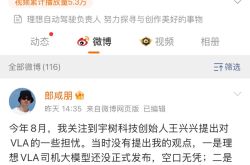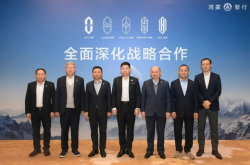Purchase Tax Reduction Sparks Another Intense Price War in the Auto Market
![]() 10/15 2025
10/15 2025
![]() 474
474
Following the clarification of purchase tax technical requirements, an even fiercer price war is on the horizon in the auto market.
Recently, three departments, including the Ministry of Industry and Information Technology, jointly announced significant adjustments to the purchase tax policy for new energy vehicles.
Starting from January 1, 2026, two major changes will be implemented regarding vehicle purchase tax: firstly, the exemption will be replaced by a 50% reduction, and secondly, clear technical requirements will be set for new energy vehicles eligible for purchase tax exemptions.
The new policy stipulates that from January 1, 2024, to December 31, 2025, new energy vehicles purchased will be directly exempt from purchase tax, with a maximum tax exemption of 30,000 yuan per vehicle. Beginning in 2026, the policy will be phased out, with a 50% tax reduction and a maximum tax reduction of 15,000 yuan.
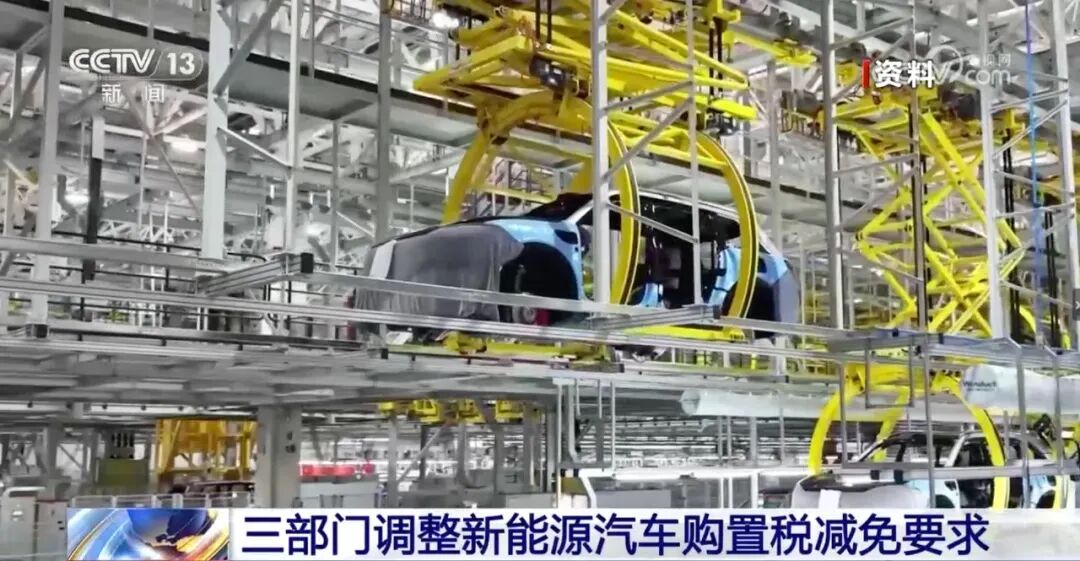
For instance, if you purchase a pure electric vehicle priced at 250,000 yuan in 2025, you can save 25,000 yuan (250,000 yuan × 10%) in purchase tax. However, if you buy the same vehicle in 2026, you can only save 12,500 yuan, resulting in a difference of 12,500 yuan.
Additionally, the new policy gives the green light to battery-swap models. If automakers sell the 'vehicle and battery separately' and issue separate invoices, the purchase tax will be calculated based on the 'vehicle price excluding the battery'.
Take, for example, a battery-swap electric vehicle with a total price of 300,000 yuan (including a 100,000-yuan battery). Previously, it would have been taxed at 300,000 yuan, resulting in a 30,000-yuan tax. Now, it will be taxed at 200,000 yuan, directly saving 10,000 yuan. This policy is particularly advantageous for NIO.
For plug-in hybrid (including extended-range) passenger vehicles, there is now an additional requirement: the pure electric driving range must meet a conditional all-electric range of no less than 100 kilometers.
What may seem like a simple technical indicator actually exerts pressure on most domestic brands.
Eliminating Outdated Production Capacity
Among the currently popular hybrid new energy vehicle models, some entry-level versions have a pure electric range of only a few dozen kilometers. For example, the Qin PLUS DM-i has a pure electric range of 55-120 km, the Seal 05 DM-i has a range of 55-128 km, and the Song Pro DM-i has a range of 75-133 km.
The low-end versions of the Geely Galaxy A7, Geely Galaxy Star 6, Star 8, and Geely Galaxy Starship 7 also have pure electric ranges between 55 km and 70 km.
Moreover, brands like Changan, Chery, and Wuling have numerous plug-in hybrid models with a pure electric range of less than 100 kilometers.
Simultaneously, there are stricter limits on fuel consumption in charge-sustaining mode ('low battery state') and electricity consumption in charge-depleting mode. This undoubtedly poses a comprehensive test for plug-in hybrid models, marking the end of the era for 'pseudo plug-in hybrids' and 'pseudo new energy vehicles.'
'This adjustment is aimed at adapting to the rapid improvement in the range of new energy vehicles and the enhancement of engine range-extending technology, ensuring that policies keep pace with technological development,' said Cui Dongshu, Secretary-General of the National Passenger Car Market Information Association. 'I believe the new technical requirements will drive technological upgrades in battery capacity and hybrid systems, optimize driving experience, and enhance product safety and competitiveness.'
It is evident that the current policy orientation is shifting from 'policy subsidies' to 'technological innovation.' Models that meet the new technical requirements can continue to enjoy purchase tax exemptions, while those that do not will face increased purchasing costs for consumers. Models with outdated technology may exit the market due to non-compliance.
For pure electric models, energy consumption restrictions will also be introduced in 2026. The new national standard for 'Energy Consumption Limits for Electric Vehicles' sets different limits based on curb weight.
For instance, vehicles with a curb weight of less than 1,090 kg cannot exceed 10.1 kWh per 100 km; those over 2,710 kg have a limit of 19.1 kWh. However, there are exceptions: three-row-seat or all-wheel-drive vehicles can have a 3% relaxation, and high-performance vehicles with acceleration under 3 seconds can have a 20% relaxation, providing room for technologically advanced models.
More importantly, newly launched vehicles must also comply with next year's technical standards. Models already in the catalog by the end of 2025 must meet the new requirements to be automatically transferred to the 2026 catalog; those that do not must reapply before December 12, 2025, or risk disqualification.
This effectively tightens the screws on automakers, preventing the wave of new vehicle launches in the second half of this year from exploiting loopholes.
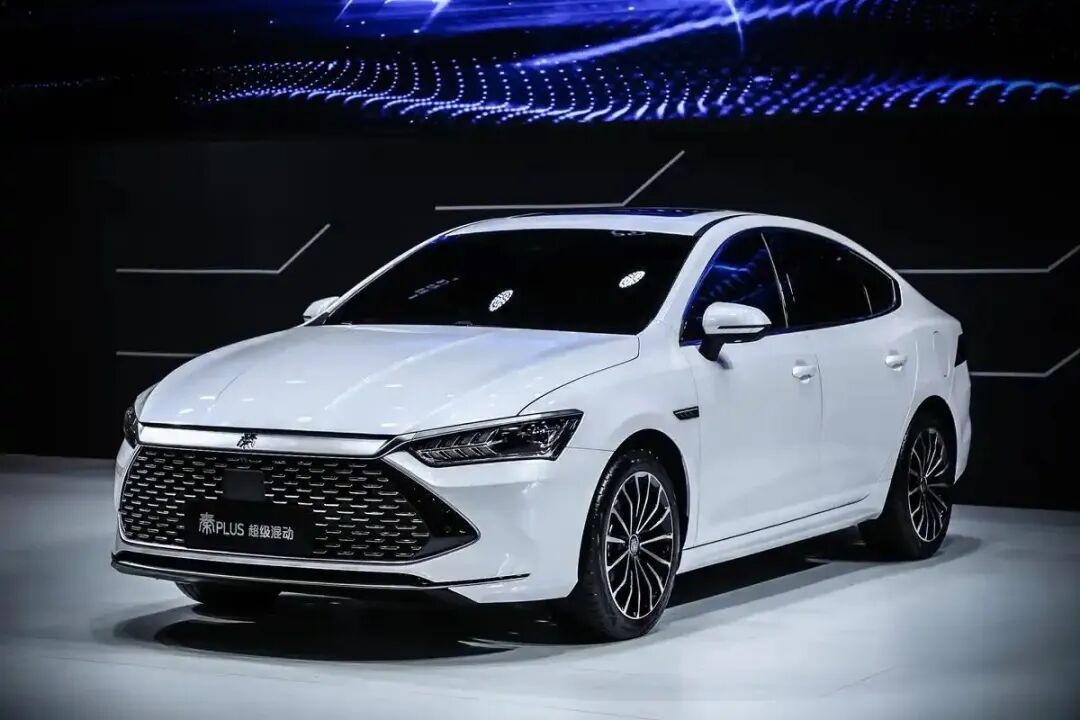
Shortly before the policy announcement, BYD Qin PLUS introduced the 128KM Progressive Edition, possibly in response to early information.
It is foreseeable that the plug-in/extended-range hybrid market will undergo a dramatic shakeout. Outdated hybrid products with low range and high fuel consumption in low-battery mode will be quickly eliminated, and 'large battery, efficient engine, and intelligent energy management' will become the 'new three essentials' of hybrid technology.
The mainstream status of pure electric models will be further consolidated, shifting from a past arms race focused on 'range' to a comprehensive focus on 'energy efficiency.' Moreover, the policy imposes the same technical indicators on plug-in hybrids and extended-range models, but extended-range vehicles, due to their structural characteristics, face greater technical challenges in optimizing fuel consumption in low-battery mode due to energy conversion losses.
The Resurgence of the Price War
The endpoint of policy is the starting point of the market; the end of elimination is the beginning of upgrading.
Under the guidance of this wave of policies, eliminating outdated production capacity and clearing inventory will become the primary tasks for automakers in the next two months.
Currently, many companies have begun to 'cover' the new policy by absorbing some of the tax costs themselves.
On September 30, following NIO and Zeekr, Li Auto also announced adjustments to the national new energy vehicle purchase tax policy starting from 2026. For Li i6 users who complete orders before October 31, 2025, and take delivery in 2026, Li Auto will cover the difference in purchase tax resulting from the policy adjustment.
Previously, NIO introduced a similar purchase tax subsidy policy for its new ES8 model, and Zeekr did the same for its luxury flagship SUV 9X model.
For hybrid models with a range of less than 100 km, the impact of the purchase tax is more significant. These models, mostly priced around 100,000 yuan, cater to a price-sensitive audience, and the purchase tax difference may even become a critical turning point in purchasing decisions.
Without policy 'protection,' industry competition will soon enter a 'knife-fight' stage.
In the recently concluded September, state-owned listed automaker groups such as SAIC, Dongfeng, and Changan, listed automaker giants like BYD, Geely, Chery, and Great Wall, as well as new energy vehicle startups such as NIO, XPeng, Li Auto, Leapmotor, and HarmonyOS Smart Mobility, were all frantically launching new products.
Some are forging cooperative routes to enhance intelligence; some are showcasing product layout capabilities to sustain brand strength; some are engaging in technological innovation to seize the market in advance... Reactions to the 'policy window period' vary.
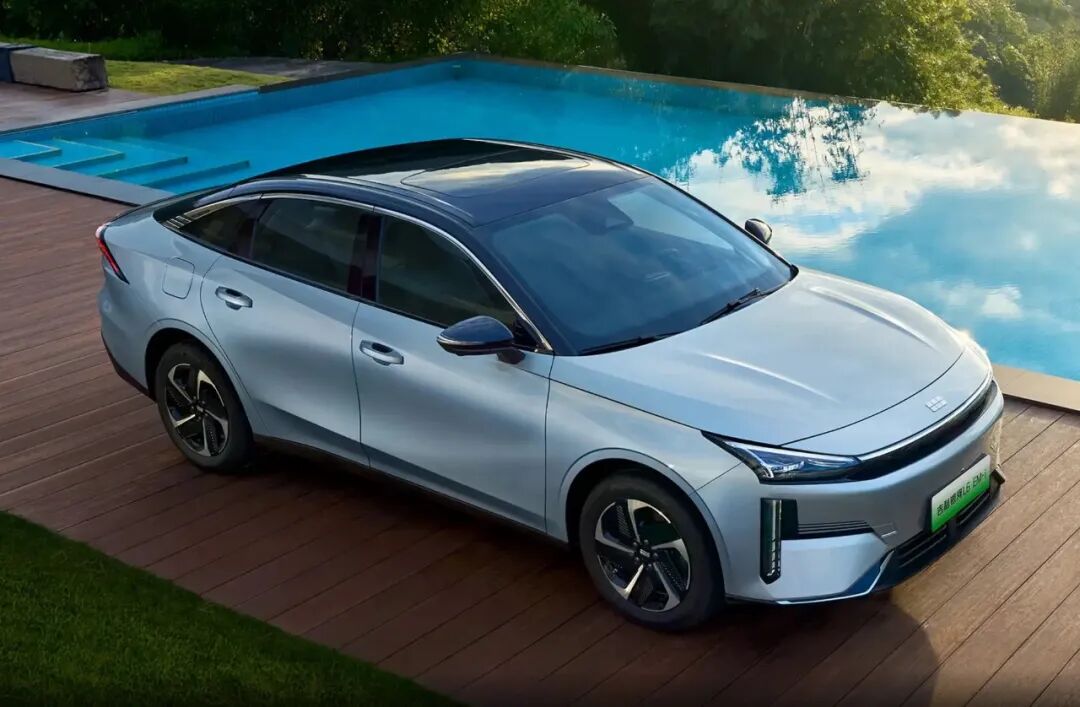
However, after the clarification of purchase tax technical requirements, an even fiercer price war is brewing.
Although, after the National Day holiday, the National Development and Reform Commission and the State Administration for Market Regulation jointly issued the 'Announcement on Regulating Disorderly Price Competition and Maintaining a Good Market Price Order,' signaling a commitment to a fair and orderly market environment once again.
In the face of automakers' strong survival instincts, such announcements seem somewhat hollow and powerless.
Note: The images are sourced from the internet. If there is any infringement, please contact for removal.
-END-

